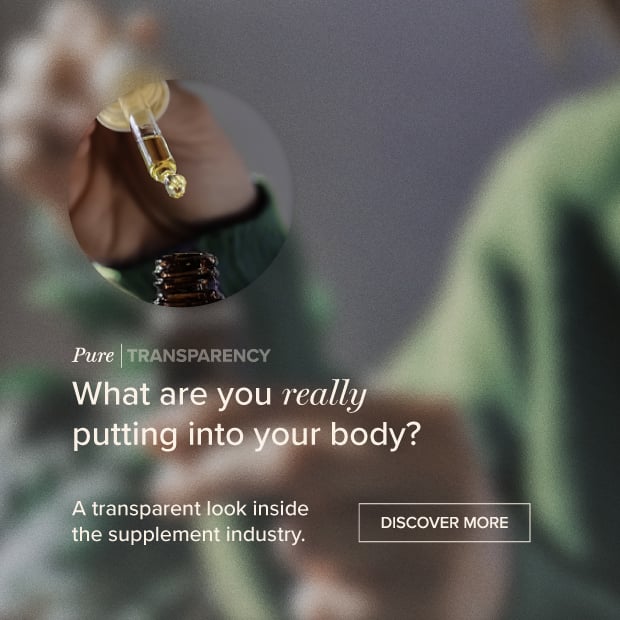The Benefits of Himalayan Salt

Himalayan salt, also known as Himalayan crystal salt, is a type of rock salt best known for its striking pink color which comes from the natural presence of several trace minerals, including magnesium and iodine. Himalayan salt is unrefined and hand-mined from caves in northern Pakistan. Because it's millions of years old and has sat untouched, many people believe that Himalayan crystal salt is a better option than standard table salt, which may contain toxins and pollutants.[1]
Himalayan Crystal Salt Health Benefits
Himalayan crystal salt has matured over the past 250 million years under intense tectonic pressure in an environment that's free of toxins and impurities.[1] Even better, this form of salt contains about 80 natural minerals and elements used by the human body.[2] It's popular in Ayurvedic, Tibetan, and other traditions. Adherents believe that Himalayan salt’s unique cellular structure allows it to store vibrational energy. Many also believe that natural Himalayan crystal salt offers health benefits such as:[3, 4]
- Regulating water levels in the body
- Promoting stable pH balance
- Encouraging healthy blood sugar levels
- Reducing the appearance of aging
- Promoting cellular hydroelectric energy balance
- Aiding vascular health
- Supporting healthy respiratory function
- Promoting overall sinus health
- Reducing cramps
- Promoting healthy sleep patterns
- Encouraging healthy libido
- Promoting kidney and gallbladder health
Advocates of traditional medicine believe that processed table salt is energetically dead, as its crystals are completely isolated from one another. For the body to metabolize chemical table salt, it must expend energy to keep the body in a state of optimum fluid balance. This creates a burden on the body's elimination systems as water is removed from other cells in an attempt to neutralize the unnatural, processed salts.[4]
The Trouble With Table Salt
The table salt found in most homes, restaurants, and processed food is void of nutritional value and lacks beneficial trace minerals.[5] Many people are unaware that common table salt is processed with questionable chemicals[2, 6] and dried at more than 1,200° Fahrenheit — a process that disrupts its natural chemical structures.[2]
The average American consumes 3,400 mg of sodium chloride a day, over 1,000 mg more than the recommended limit.[7] The body cannot dispose of it in a natural, healthy way, which can lead to tissue irritation, water retention, and high blood pressure.[8]
Points to Remember
Many of the traditionally attributed health benefits of Himalayan salt have yet to be scientifically established, but regardless of what salt you choose, it is clear that controlling your sodium intake can have a huge impact on your health and well-being. Fortunately, salt isn’t the only way to get vital trace minerals into your body. For that, I recommend IntraMIN®, an all-natural trace mineral supplement. Exclusively derived from plant sources, IntraMin offers 71 organically bound trace minerals including magnesium, iodine, fulvic acid, calcium, potassium, and iron.
References (7)
- Muller, Marie-France. "Colloidal Minerals and Trace Elements: How to Restore the Body's Natural Vitality." Rochester, VT: Healing Arts, 2005. Print.
- Arya, Jitendra. "Food Is Your Medicine." Pune: Dr. Arya Publications, 2014. Print.
- Merrell, Alicia. "Eat Smart, Live Long There Is No Diet That Can Do What Healthy Eating Can." N.p.: Xlibris, 2016. Print.
- Hendel, Barbara, and Peter Ferreira. "Water & Salt: The Essence of Life, the Healing Power of Nature." Switzerland: Michaels Verlag, 2007. Print.
- Thomas, Pat. "What Type of Salt Is Best?" The Ecologist. 17 June 2009. Web. 14 Mar.2017.
- Mercer, Don. "Yikes! There’s Sugar in Our Salt." International Union of Food Science And Technology. International Union of Food Science & Technology. Web. 14 Mar. 2017.
- "Sodium in Your Diet: Use the Nutrition Facts Label and Reduce Your Intake." U.S. Food and Drug Administration, Content current as of 5 Mar. 2024. Web. 1 Oct. 2024.
†Results may vary. Information and statements made are for education purposes and are not intended to replace the advice of your doctor. If you have a severe medical condition or health concern, see your physician.

Dr. Edward Group, DC
FOUNDER | HEALER | ADVOCATEDr. Group, DC is a healer and alternative health advocate, and an industry leader and innovator in the field of natural health who is dedicated to helping others. He is a registered doctor of chiropractic (DC), a naturopathic practitioner (NP), and proud alum of Harvard Business School and MIT Sloan School of Management. Dr. Group, DC is the founder of Global Healing – a mission and vision he has shared through best-selling books and frequent media appearances. He aims to spread his message of positivity, hope, and wellness throughout the world.










